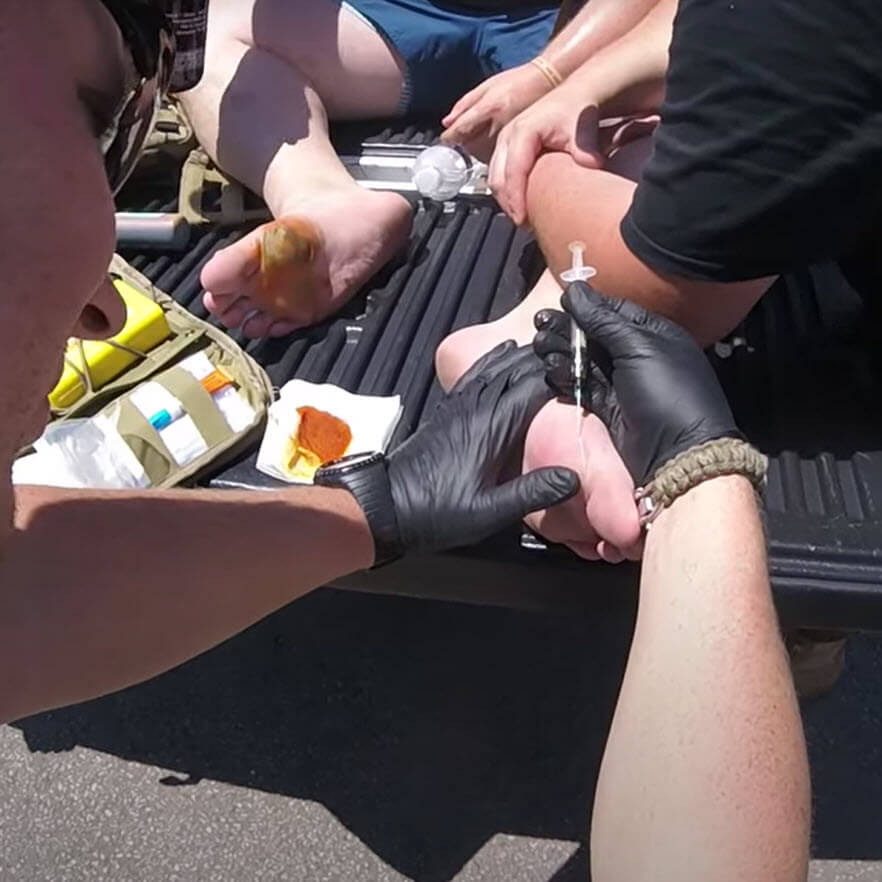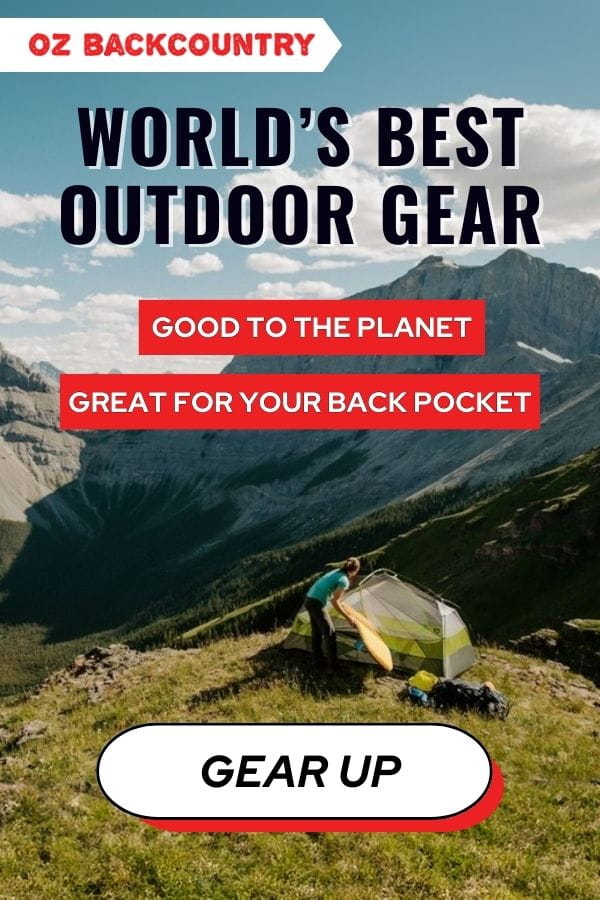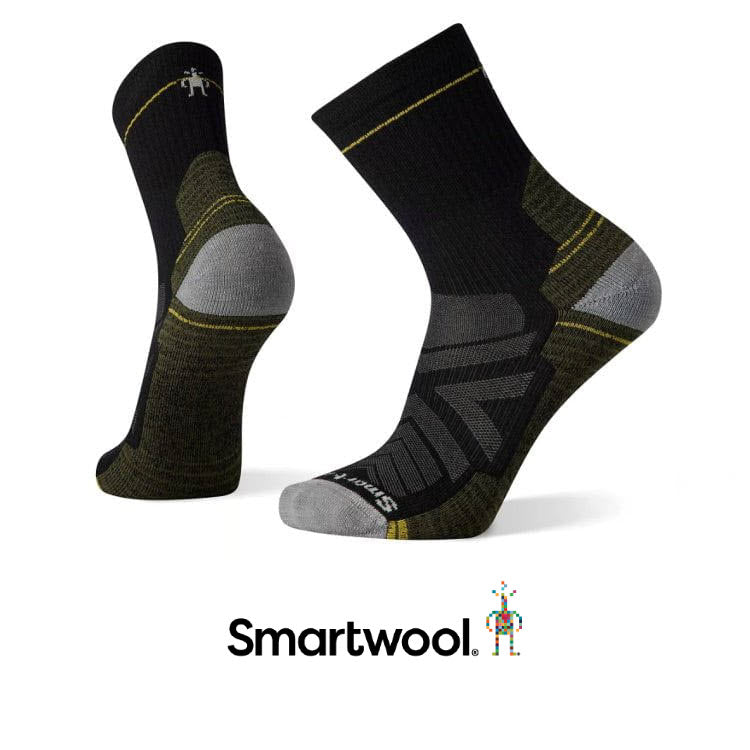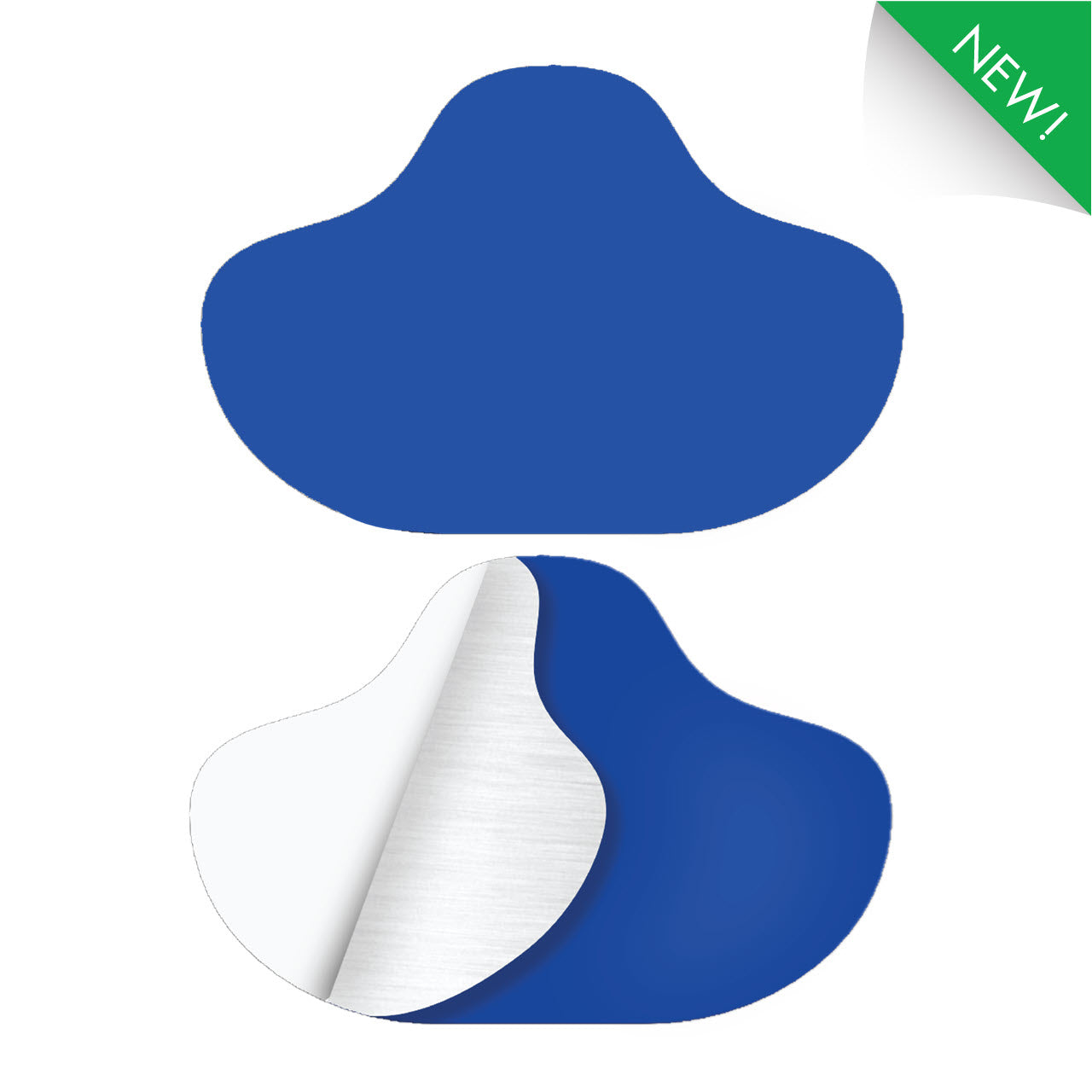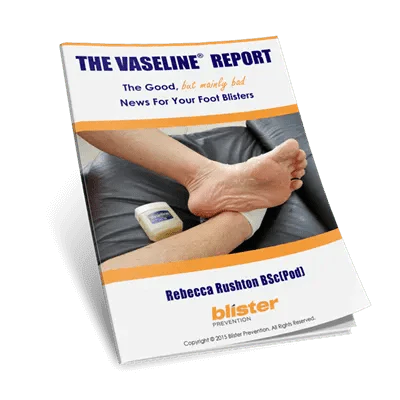Question: Ever heard of the "hot-shot" blister treatment? For those that are unfamiliar, it is a procedure performed on intact blisters. Benzoin is injected directly into a drained blister to glue the skin down.
Oh yes, I know what a hot-shot is! Here's what I can tell you.
A Hot-Shot Blister Treatment Is A 2-Step Process:
- Using a syringe, inserting a hypodermic needle and aspirating (drawing out) the blister fluid.
- Using a separate syringe and hypodermic needle, injecting a small amount of compound tincture of benzoin.
Three Videos Demonstrating The Hot-Shot Blister Treatment
Some of the commentary in these videos may offend. My apologies - these are the only videos I could find to demonstrate the technique.
Intended Use
Remember that the blister injury is a tear between skin cells in the stratum spinosum (epidermis) that later fills with fluid. The intention when performing the hot-shot is to get the fluid out and glue the skin cells back together again. Having done this, the intention is that the person can continue running or hiking without the blister reforming.
Popular In The Military
"It is used in the U.S. military to treat blisters. A common treatment utilized by medics in the U.S. Army is to drain the fluid from a blister and then inject enough compound tincture of benzoin into the void to glue the blister to the underlying skin, to serve as a local antiseptic, and to prevent further abrasion or loss of skin. This is commonly known as a "hot shot" amongst military personnel due to the extreme burning sensation that will be experienced for several moments when the tincture is applied." Wikipedia
"If prevention fails, what military medics do is called the "hot shot" because it hurts like the devil - briefly - but winds up making something like a natural dressing. They run a syringe into the blister to extract the fluid, and then inject an equal volume of Compound Tincture of Benzoin (also called Friars Balsam). When the affected soldier is done screaming, he can walk again, usually without trouble from the blister." Whiteblaze
What Is The Benzoin Compound?
The benzoin compound used when doing a hot-shot is not simply “benzoin”. It is a particular compound that is known as one of many different names including:
- Compound tincture of benzoin
- Compound benzoin tincture
- Tincture of benzoin
- Friars Balsam
- TBCo
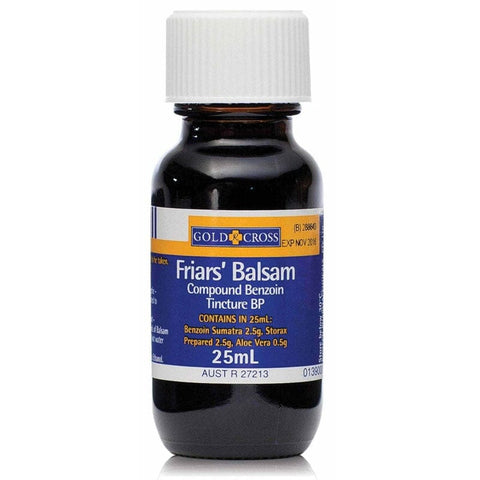
Friars Balsam
These quotes clarify further the compound better:
“Benzoin is not a constituent of benzoin resin obtained from the benzoin tree (Styrax) or tincture of benzoin. The main component in these natural products is benzoic acid.” Wikipedia
"Tincture of benzoin is a pungent solution of benzoin resin in ethanol. A similar preparation called Friar's Balsam or Compound Benzoin Tincture contains, in addition, Cape aloes or Barbados aloes and storax resin. Friar's balsam was invented by Joshua Ward around 1760.” Wikipedia
“Compound Tincture of Benzoin (CTB) is often applied to skin before applying tape or other adhesive bandages. To some degree, it protects the skin from allergy to the adhesive in the tape or bandage, but mostly it makes the tape or bandages adhere much longer. Plain Tincture of Benzoin will not do this, and tape will tend not to stick to skin treated with it. It is also used by athletes for its reputation of toughening skin exposed to the tincture. Orthopedists applying a cast often spray CTB in an aerosol can onto skin before casting, as it protects the skin under the cast, and diminishes itching.” Just A Marine
Why Does A Hot-Shot Hurt?
This is a painful procedure. Not because you’re sticking a needle through the blister roof – that’s completely painless. It hurts because you’re placing alcohol (ethanol) directly onto a very raw and tender area of skin. Alcohol stings, man!
My Take
The hot-shot blister treatment is completely unnecessary. Here’s why:
1. The blister site will still be painful: Performing a hot-shot won’t ensure the blister site is less painful with continued activity. It might temporarily, because the procedure itself is so bloody painful and not much will top that. But there will still be significant blister pain with continued activity. Nothing has been done to stop the blister-causing shear forces.
2. Skin damage will still occur at the blister site: Performing a hot-shot won’t ensure a blister won’t form again. Simply gluing the skin layers together, without doing anything to negate the shear stress that caused the blister in the first place, will mean shear damage will continue and an adjacent area of skin will tear. Or skin trauma will happen to a more superficial or deeper layer.
To be clear, in my opinion, a hot-shot on its own is not a meaningful fix for a blister, neither mild nor severe, because skin shear will continue at the hot-shot site. A hot-shot does not negate blister-causing forces
What To Do Instead Of A Hot-Shot For Your Blister
At the risk of repeating myself… stop the blister causing forces!
You’ll achieve this by reducing pressure and friction levels first and foremost, with other blister prevention strategies here. And protect the damaged skin with an island dressing. That’s it!
If you can be organised enough to carry syringes, hypodermic needles and a bottle of benzoin compound, you’re organised enough to have a proper blister kit. So, carry some felt and cut out a donut pad; and some Engo patches to reduce friction levels. You won’t believe the difference this makes.
Wouldn’t it be better to glue the blister roof back down?
Not really. It’s overkill. The blister roof will stay exactly where it is if you just stopped the blister causing forces and the healing process will take care of the rest.
Surely an Engo patch and donut pad won’t make that much difference to pain
I beg to differ. In fact, I’ve made a point of finding out how to take the pain out of the worst blisters in the most of extreme of athletic circumstances at ultramarathon races every year since 2014. Particularly the 6-day events where blisters often occur on day 1 and 2 and these runners have to keep running for another 4-5 days. Ask anyone I’ve treated with a blister under the ball of their foot. This is one spot where you have to know what you’re doing if you have any hope of continuing to run on it.
Reducing pressure and friction levels makes intuitive sense when you think about what causes blisters. Try it, please.
Wouldn’t it be easier to just do the hot-shot?
Not really. Even if I did a hot-shot, I'd still want to take care of pressure and friction levels to take the blister-causing forces out of the equation so pain-free running or walking could continue.
Wrapping up
As a blister treatment, hot-shots are an option. But I don’t think they’re worth the pain. And I know that on their own, they do not do enough to allow pain-free continued activity.
